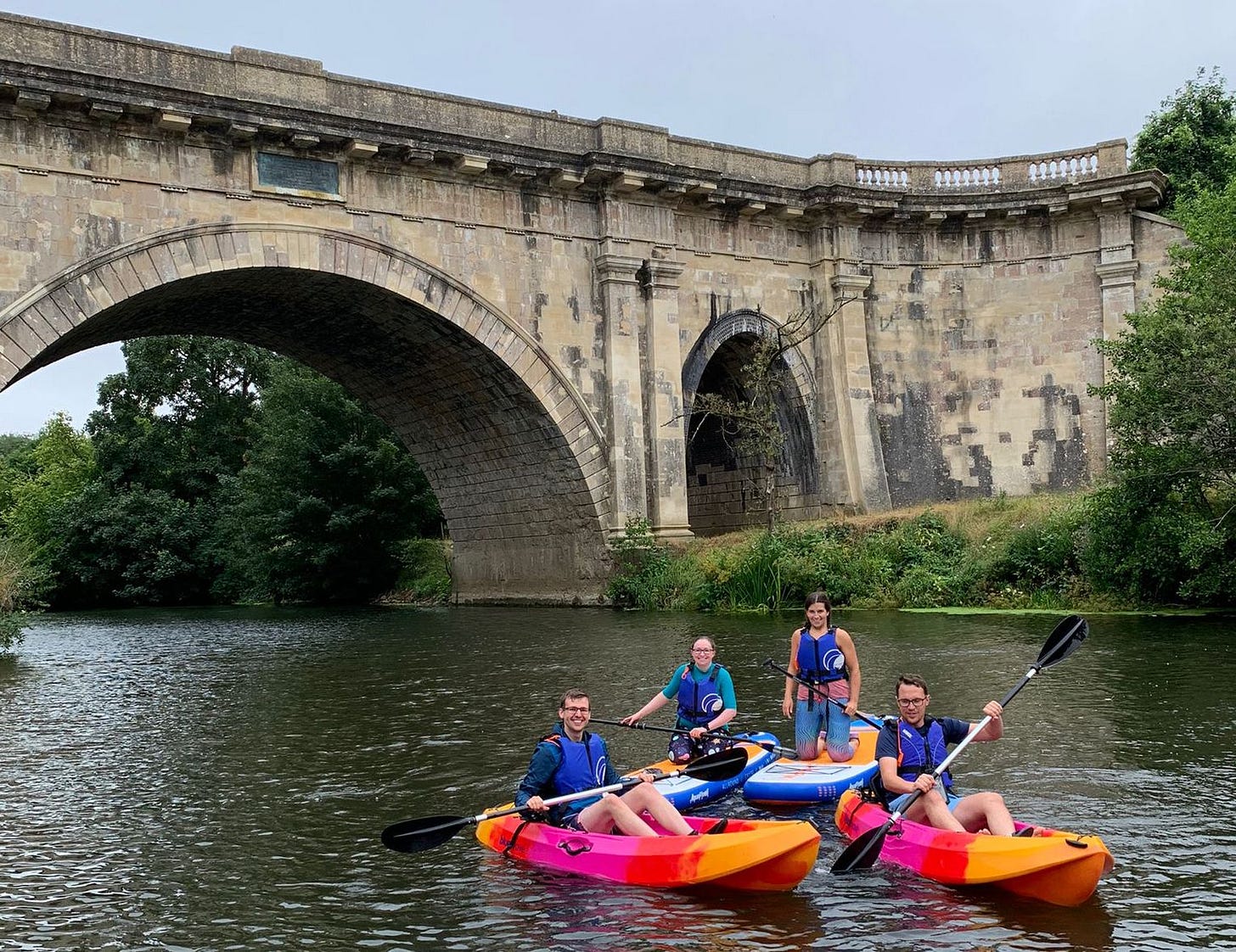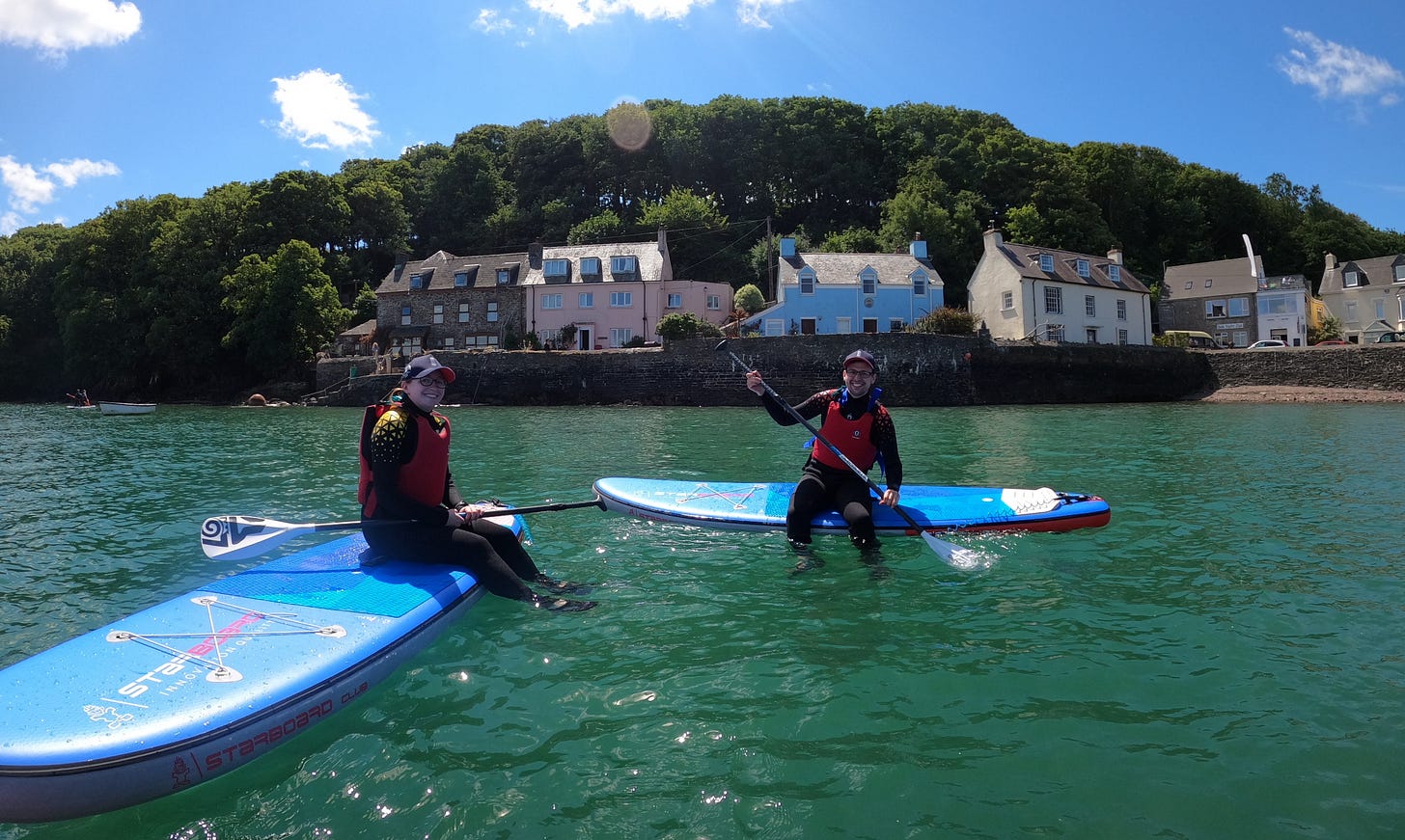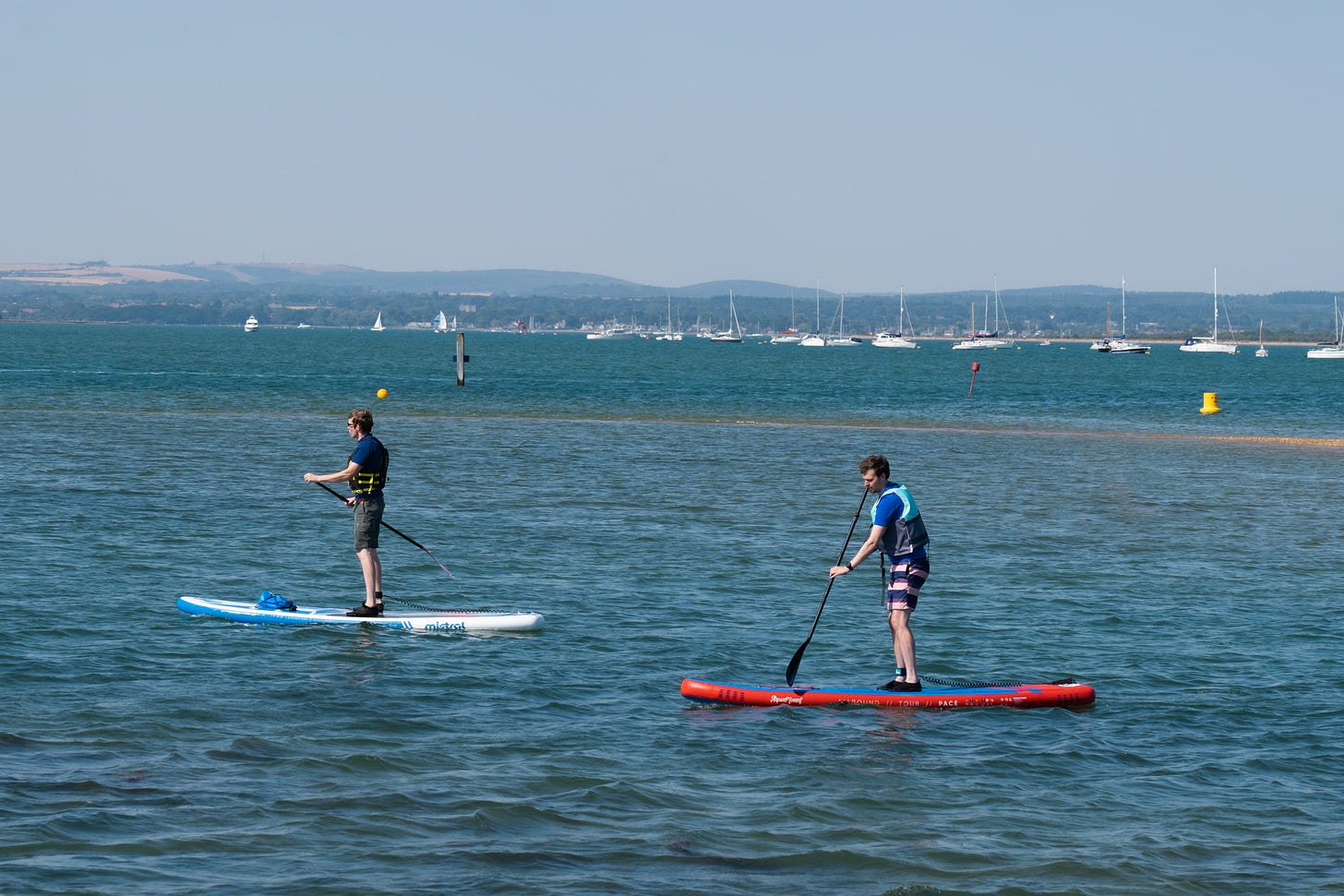Introduction
For those that haven’t heard of it, Geocaching is an adventure game that takes place in the physical world. Someone hides a 'cache’ (e.g. a tupperware container) in a physical location (e.g. a nice area of woodland, near their house). Inside it they place a logbook and make sure it is well hidden. They then upload the GPS location of their cache to the Geocaching.com website and indicate that it is ready to be found.
Once the cache is published, anyone with a Geocaching account can see the location on a map, along with a description of its whereabouts and usually a hint (in case they get stuck). Armed with your smartphone, you can go out into the world and find these caches (more than three million out there!) I would even bet there is one within a ten minute walk of your location right now.
The reason I find Geocaching is so enjoyable is the variety of challenges and adventures that it enables, and the amount it informs our decisions when visiting a place for the first time.
How do we decide where we want to visit?
We use regular tools too: Google, advice from friends and family, guide books and Instagram to name a few. We have shared collaborative Google Maps lists, which builds a collage of interesting places, marked as ‘pins’, which can be navigated to directly in the app. This saves time figuring out where we’re going next whilst on the road.
Geocaching adds another dimension. The primary reason for this is that it’s the responsibility of the cache owner (CO) to maintain their cache once it has been published. Therefore, the majority of COs are locals, who have been exploring and likely geocaching there for some time. This is important, because the geocaching map then becomes a locals’ guide for the best places to visit in that area.
From the Geocaching hiding guidelines:
"When you go to hide a geocache, think of the reason you are bringing people to that spot. If the only reason is for the geocache, then find a better spot." - briansnat, Geocaching Charter Member
The key piece of feedback is the ability for those who have found geocaches to award a ‘favourite point’ to caches they have enjoyed visiting. This allows us to review the most enjoyed caches in an area, and people write and post pictures of their experiences to give you an idea of what to expect. This means it becomes straightforward to discover some amazing places never touched by more typically used sources.
We have used this technique on many previous holidays with much success, showing us scenic views and historical locations that we wouldn’t have known to look for!
A few details if you’re thinking of giving this a go...
You don’t have to be an expert at map reading to get the most out of this. Cache locations are given using Latitudes and Longitudes in the form Degrees and decimal minutes of arc (1/60 of a degree), but you can copy and paste these into Google Maps if that’s easier.
For reference, the North Pole is North 90°, the equator is 0° and the south pole is South 90°.
The Prime Meridian in Greenwich, London is defined as a Londitude of 0°. The earth then stretches in 360°, with 180° to the East and 180° to the West.
For example, you might want to visit our favourite lighthouse on the Isle of Anglesey from last week’s newsletter. The co-ordinates are: N 53° 08.112 W 004° 24.931
Added Difficulty for Added Adventure
Sometimes you are feeling a little more adventurous than a pleasant walk in the woods. The way to up the ante a little is to look for some more challenging geocaches. Each geocache is allocated a terrain rating (how hard it is to get to a cache location), and a difficulty rating (how hard it is to find the cache once there). These range from 1 to 5 at 0.5 intervals, with the higher ratings being harder. This can increase the challenge posed, from devilish camouflage to some requiring specialist equipment (e.g. climbing ropes and harness) or to solve a cryptic puzzle cypher before finding the final location.
We stopped for the weekend in Bath to visit some friends. Keen to complete some trickier geocaches, we found a cache series placed on the River Avon, only accessible from the water, so we would have to find some watercraft to enable us to reach them. This therefore meant the caches were all the maximum terrain rating (T5), due to the specialist equipment required.
For a few days, we were on the lookout for a place to hire kayaks or paddleboards. Having almost admitted defeat, we visited the Dundas Aqueduct and happened upon a rental company. We went back home to agree on a plan of action, and booked a four hour slot for two paddleboards and two kayaks the following day.

Shortly after arriving, we kitted up and headed off downstream, going with the flow of the water. We struggled finding the locations of the first few caches, as they were well camouflaged, and mostly waterproof tubes placed in low hanging branches near the banks of the river. After finding the first few, we became more accustomed to the hiding style of the CO and the next finds became a little easier.
As we approached Warleigh Weir, Zoe was adamant we were all going to be swept down the raging waterfall to our deaths. With a bit of reassurance and a bit of closer inspection, she realised we had ample room to paddle alongside and then portage down to the lower section of the river.
There was a small incident on the water after casting off where I managed to capsize my kayak whilst alerting the others to a kingfisher I had spotted further downstream. I twisted around to turn off the music we had playing so we could all get a good view. Sadly, the commotion scared it off anyway, and it took a team effort to flop me back in. Even worse: all the lunch was sodden and I had lost my waterproof camera, which wasn’t strapped in properly! (A good lesson learned in that moment!)
As I dried off, we continued to the final geocache before returning, which involved climbing a tree out over the water. The holy grail of challenging geocaches, a challenge on top of a challenge if you will, which classifies as D5, T5 (difficulty is 5 because of the added peril of a tree climb, terrain 5 due to the specialist equipment mentioned earlier). The geocaching community is known for their love of adventurous challenges for those who want to attempt them.
We returned on the same route upstream, stopping for a lunch stop at the weir with whatever edible food we had remaining. We had the wind against us after the weir and at some points it was very hard going. With many more geocaches in the series to collect, we will be back to continue the route another day.
More Paddleboarding Adventures…
Our first attempt at paddleboarding on the sea was in the Pembrokeshire town of Dale, where we had a lesson booked for an hour. We awoke to cloudy skies which became blazing sunshine and we realised suncream was going to be required.
Despite the warmth, there was a strong offshore breeze which was creating some moderate waves to tackle. We started in a part of the bay that was sheltered slightly from the wind.
Having progressed from kneeling to standing, we headed out into choppier water. We had to kneel down again as we headed against the waves into the breeze, but when we turned around to head back to shore, we both managed to stand up again - with the wind behind, helping to keep us moving.
Having very much enjoyed our first two experiences, we sought out another opportunity on a hot day on Hayling Island. The wind and tide made this couple of hours particularly tricky with the flow out of the lagoon making it incredibly difficult to paddle against. Zoe’s arms were worn out very quickly and it took two attempts to make it into slower moving waters.
A recent trip to the Cotswolds with Zoe’s university friends gave us another opportunity to paddleboard. This time a much more tranquil lake, mostly sheltered by trees. The sun was out and we paddled gently around the perimeter for an hour. Very nervous after losing my last camera on the water, I didn’t want to do anything too risky, but managed to get some shots of the group enjoying the paddle in the sunshine.
Have you had a go at paddleboarding before? If not, we thoroughly recommend giving it a go! It might be getting a bit cold for it in the UK now, but it’s becoming more and more popular as the boards pack down really small and can be launched very easily by one person.
Thanks for paddling with us this week!
Harry and Zoe x




So does that mean if I try out paddleboarding I get an icecream at the end?